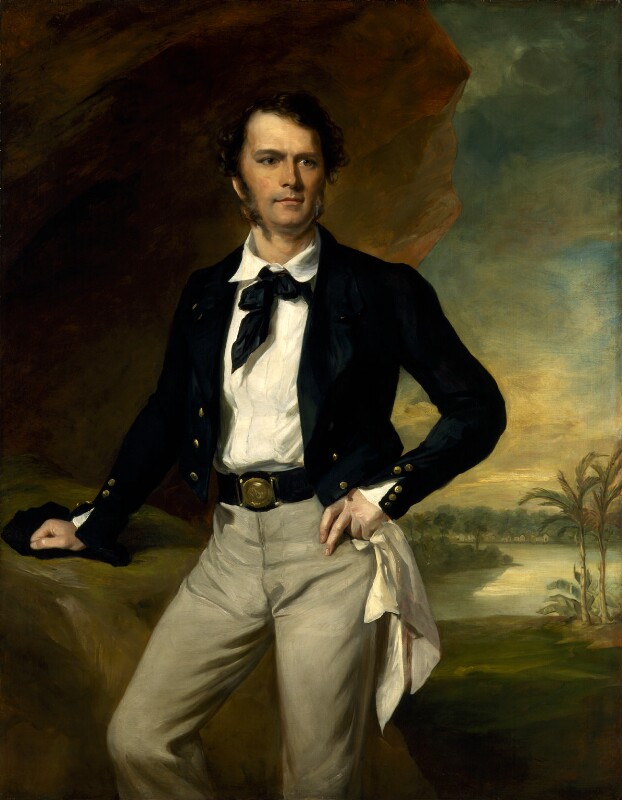Food of Sarawak

Sarawak Laksa - The Sarawak Laksa is essentially vermicelli rice noodles (bee hoon), cooked in a shrimp-based broth that is made to thicken with coconut milk. This dish is served with generous amounts of crunchy bean sprouts, a few boiled prawns and garnished with shredded chicken and slivers of egg omelette. For added spice, there's the thick sambal paste that is usually served on the side. For some extra pizzazz you can squeeze some lime juice (limau kasturi) into your dish as well.
Kolo Mee - A bowl of piping hot Kolo Mee (Kolok Mee) is just the thing to start your day. This light yellow egg noodle consists of lard, char siew (barbecued pork) sauce and black vinegar. A common enough dish found in Sarawak, the Kolok Mee is available for breakfast, lunch and even supper! (Note: Halal version is also available at Malay stall)
Ayam Pansuh - The Iban dish of Manok Pansoh (ayam Pansuh) or chicken in bamboo is a must try. Cut chicken pieces, mushrooms, lemongrass and tapioca leaves are stuffed into bamboos and cooked over an open fire. This seals in the flavour and the result is succulent and juicy tender chicken, with gravy hinting of lemongrass and bamboo.
Midin Belacan - Local vegetables are served widely, particularly the two types of crispy jungle fern, midin and paku.
Ikan Terubuk Masin - The numerous waterways provide the people with an abundance of fresh water fish like the Tilapia, which incidentally is the most widely cultivated. it's no surprise then that some of the popular Sarawakian dishes also include these 'gifts' from the sea. The salted ikan terubok is sold in markets around Sarawak.
Umai - Umai (Umei), This is a dish for the brave. The umai is traditionally a standard lunch meal for the Melanau fisherman. Thin slivers of raw fresh fish, usually iced but not frozen, combined with thinly scliced onions, chili, salt and juice from sour fruits like lime or assam go into preparing this dish. The dish is usually accompanied by a bowl of toasted sago pearls and is so simple that fishermen prepare it easily on their boats.
Kompia - Guang Bing (Kom Pia) initially served as dry food for Chinese hero Ji Guang's soldiers to carry during the anti-Japanese occupation war in China. Ji Guang is credited with creating this popular Foochow food. WHile resembling the French bread in taste, the Guang Bing also has a little extra in the form of sesame seeds sprinkled generously on top of the bread.
Terung Dayak Soup - This round yellow color fruit is popular among the locals for cooking sour dishes like assam sour fish and sour soup.
Dabai - Dabai is a seasonal fruit. The skin of the fruit is black while the flesh is yellow in colour. The seed is also yellow and diamond shaped and is also edible if you can crack it open. The Dabai is a hard fruit but when you soaked for 10-15 minutes in semi hot water with a bit of salt, it becomes soft and edible and the texture becomes like dates.
Foochow Mee - Also known as Kampua Mee is very much similar to Kolok Mee. This dry noodles is served with several slices of barbequed pork and a bowl of soup. Kampua can be prepared according to your preference, either you like to have it plain, with soy suace, with chili sauce or both.
The result was based on our facebook SarawakTravel poll in 2011.
Done by: Keiron Chew and Tan Phay Hong




